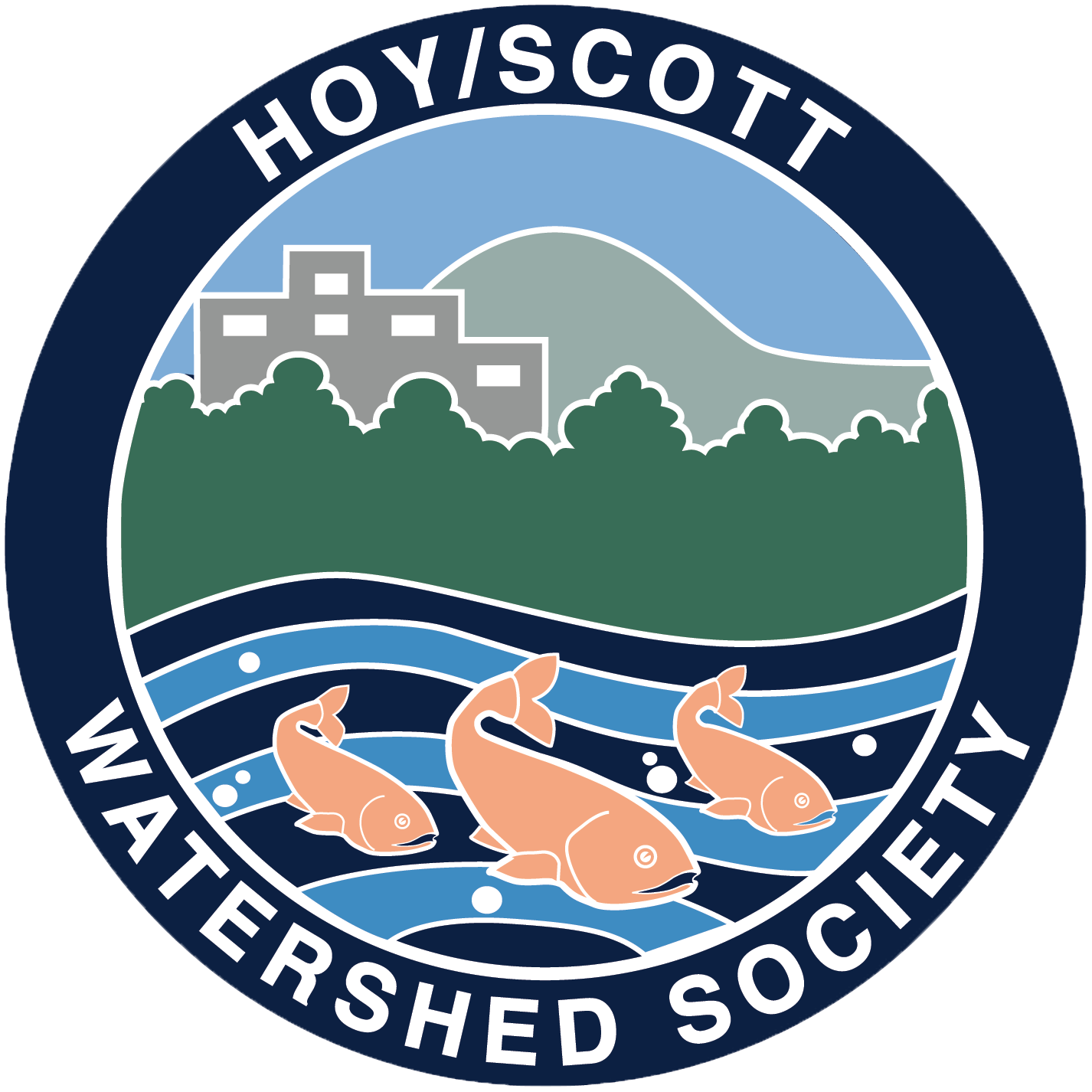Kim and Tyler check for morts witin the freshly ponded chum fry on on Feb. 27.
After a four-year lull and only the second time raising chum since the mid-90s, Hoy Creek Hatchery is holding 23,000 chum fry.
The final 19,000 were moved from the incubation stack and were ponded in the Capilano trough this last Saturday. The salmon are 3 – 4 months old.
The chum fry will be fed and released within three weeks of ponding; this will occur in two releases with the Feb. 18 fry (~4,800) being released first.
The hatchery had released several weeks ago, 1,500 unfed chum fry that had matured well in advance of the remaining heath trays. The last time the society released chum was in 2017.
In addition to the chum, we have ~10,500 healthy coho alevin in the hatchery incubator and ~2,800 soon-to-be smolts in our rearing pond that will be released in May.
In the video above, hatchery manager, Tyler Storgaard ponds the last of the chum salmon from the incubator which was funded by the Pacific Salmon Foundation.







